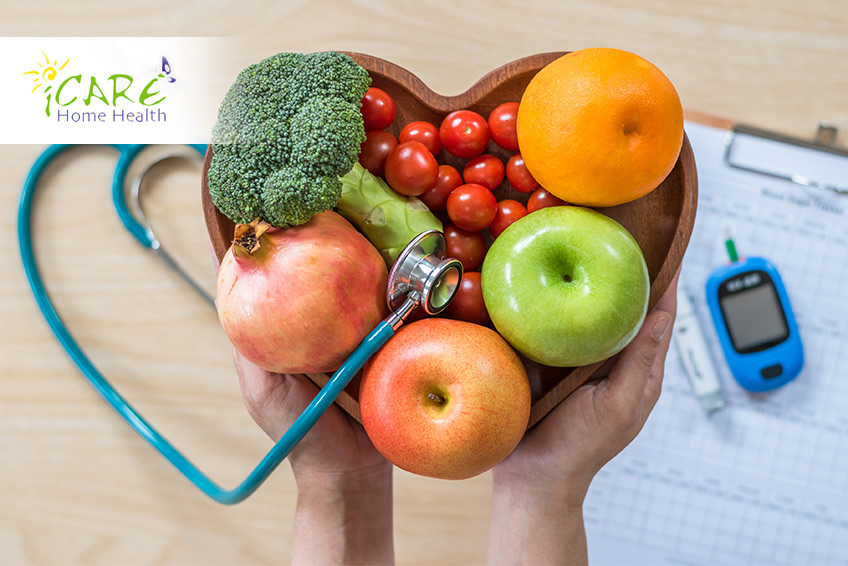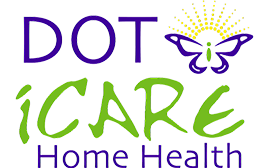Diabetes Awareness Month

Chances are you know someone who has Diabetes. Canadian statistics show 48% of Seniors over 65 have Diabetes.
Those at risk of developing Diabetes are adults over 40 years of age, heredity (a family member having had the disease), ethnic origin, overweight around the mid section, poor diet, lack of physical activity and high blood pressure.
The common symptoms of Diabetes in Seniors are:
- Dry eyes,
- Excessive thirst and urination,
- Irritability,
- Confusion (which can often be mistaken for dementia),
- Morning headaches, and
- Sleep disturbance.
Poor circulation is a risk for those with high glucose levels for prolonged periods of time. High blood sugar causes vessels to become damaged creating plaque formation restricting blood flow. This then becomes a marker for heart disease, one of the many outcomes from being a Diabetic.
- Diabetes can be managed with improved diet such as eliminating processed foods, sugars and carbs like white breads & pastas, consuming more fruits and vegetables, reducing salt.
- Quit smoking and moderate use of coffee and alcohol. Caffeine and alcohol are dehydrating which is dangerous for diabetics.
- Maintain a healthy body weight for your height, age and gender. Excess weight is a marker for Diabetes related symptoms. Aim for 30 minutes of exercise daily. If exercise isn’t a habit, work up from 10 minutes daily to 30 minutes. Get the body moving!
- Keep blood sugar balanced to eliminate fluctuations – do this by eating regularly to avoid the ups and downs. If you have ever experienced the shakes from not eating, this is your blood sugar being too low. Letting your body do this too often can put your body in the diabetic state.
Chromium is a trace mineral required by the body that helps to keep the blood sugar stable. It is available in a supplement form. I personally take it when I know I won’t be able to eat regularly that day as I am susceptible to low blood sugar.
5 Foods to Always Have on Hand in your Kitchen
1. Beans – a good source of soluble fibre*, slows digestion and keeps blood sugar stable, also a good source of protein
2. Avocado – provides heart friendly omega fats and soluble fibre*
3. Oats – good source of soluble fibre*, lowers blood glucose levels, helps to lower cholesterol and blood pressure – use as a breakfast cereal topped with fruit for a delicious healthy breakfast
4. Brightly Colored Vegetables – high in antioxidants to keep cells healthy, low calorie, provides fibre to promote regularity and balance blood sugar. Good source of insoluable fiber** Reach for deep green veggies – broccoli & spinach, leafy greens like swiss chard, sweet peppers, and beets. Buy frozen if fresh is not available to you. Pass on the white potatoes, carrots and corn as they tend to spike blood sugar.
Opt for sweet potatoes as a substitute to white as they are lower in the Glycemix Index which means they digest more slowly and take longer to raise blood sugar levels.
Aim for 7 servings of vegetables daily. 1 serving = ½ cup cooked or 1 cup of raw. Don’t limit yourself to veggies at meal times only. Eat them raw as a snack!
Lesson for today:
*Soluable fiber slows digestion of carbs and binds to cholesterol and fat and removes it from the body.
** Insoluable fiber adds roughage in waste to create bulk in stool and keeps us regular
5. Salmon, Trout or Mackerel – great source of Omega 3s, protein, vitamins and minerals. Fresh is best but canned salmon is also good to have on hand.

